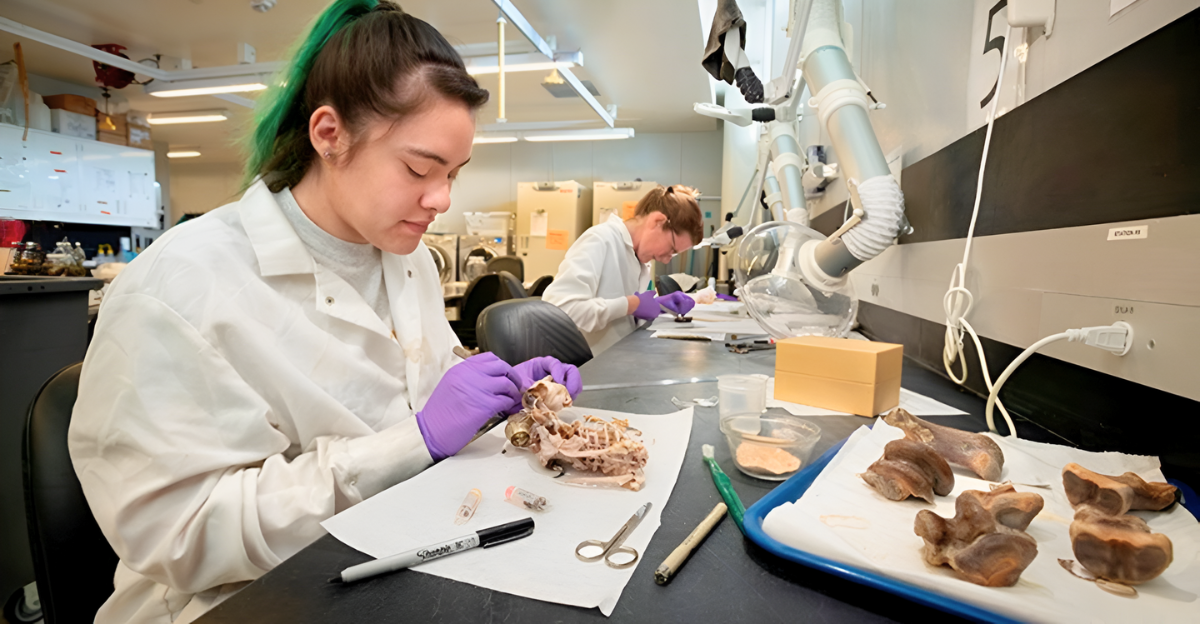
A new study is rewriting the story of how Native Americans first arrived in the Americas. Published in PaleoAmerica and led by University of Nevada anthropologist G. Richard Scott, the research challenges the long-held belief that Native Americans descended from Japan’s Jomon people 15,000 years ago.
Using genetic and dental analysis, the study points to Siberia as the most likely origin. This discovery has sparked debate in anthropology and archaeology, raising questions about human migration and the tools used to study ancient populations.
The Theory That Lasted for Decades
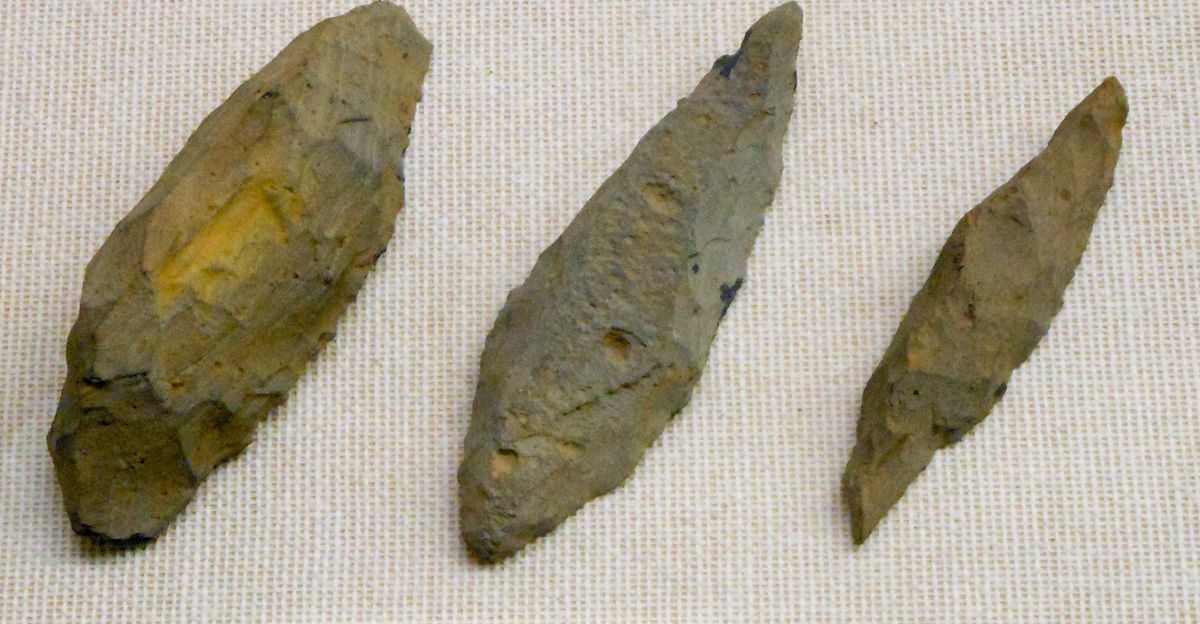
For years, researchers believed that similarities between Jomon artifacts and early American stone tools linked Japan to Native Americans. Stemmed projectile points and other tools seemed to show migration across the Bering Land Bridge, following the northern Pacific coast into the Americas.
Archaeologists at the University of Colorado Boulder pointed to these similarities as evidence. The idea dominated textbooks and research discussions for decades, creating a widely accepted story of migration that the new study now questions, showing science is always open to revision with new evidence.
When Stone Tools Began to Mislead

The research team found that similar tools can appear in unrelated cultures facing similar environmental challenges. The stone tools used to support the Japan-origin theory may have arisen independently in the Americas, not through cultural contact.
Recent genetic evidence and archaeological inconsistencies further challenged the traditional story. The new study shows that artifacts alone cannot reliably trace human origins.
Meet the Scientists Who Changed History

The study was led by anthropologist G. Richard Scott of the University of Nevada, Reno, an expert in dental morphology. He worked alongside geneticists Dennis O’Rourke and Jennifer Raff, who specialize in ancient DNA and Ice-Age population genetics.
Together, the team combined genetics, skeletal biology, and dental analysis to uncover migration patterns. Their collective expertise allowed them to question assumptions that archaeology alone had created.
Teeth Tell the Real Story

Scott’s team studied dental traits across populations and found that only 7% of the samples connected Jomon people to non-Arctic Native Americans. These results suggest a very limited biological link, challenging decades of assumptions.
As Scott stated in PaleoAmerica, “We found that the human biology simply doesn’t match up with the archaeological theory.” Dental evidence provides a clear, measurable way to study ancestry, offering insight beyond artifacts. This evidence begins to shift the origin story toward a different region entirely.
DNA Confirms What Teeth Suggested
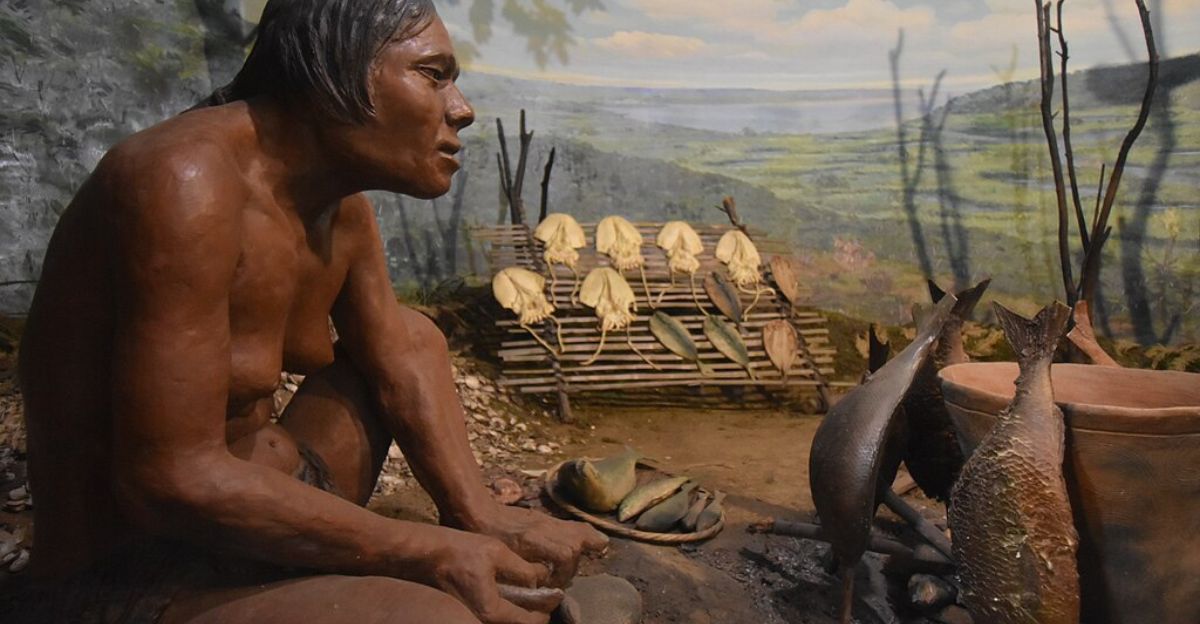
Genetic studies show minimal overlap between early Jomon and Native American populations. Maternal and paternal lineages reveal that the two groups split from a common ancestor much earlier than the Jomon period, according to Dennis O’Rourke.
These findings indicate that early Americans were not descendants of the Jomon people. DNA evidence reinforces the dental analysis, strengthening the case for a different origin. This combined biological proof shifts the focus from Japan to another region where the ancestors of Native Americans likely lived.
Teeth Become Time Machines

Using modern statistical methods, Scott’s team analyzed 25 dental traits across Asia, the Pacific, and the Americas. According to LiveScience, the results showed that Jomon people were closer to Southeast Asian and Pacific populations than to Native Americans.
This study demonstrates that biological analysis can track migrations over thousands of years. Teeth act as records of ancestry and adaptation, offering a clear picture of human movement.
Bones Speak Across Centuries

Skeletal features of early Native Americans were compared to Jomon remains. The research team concluded there was no connection, according to EurekAlert. The divergence in physical traits predates the Jomon period, reinforcing the dental and genetic evidence.
These findings strengthen the case against Japan as the ancestral home. By examining bones alongside teeth and DNA, scientists can create a fuller picture of ancient migration. This evidence points to a new direction in the search for Native American origins.
Footprints From 23,000 Years Ago

Human footprints at White Sands National Park in New Mexico date back between 21,000 and 23,000 years. Radiocarbon dating of seeds nearby provides these estimates, though some debate the methodology.
These ancient prints suggest humans were in North America far earlier than the Jomon migration period. Footprints provide a tangible link to early populations, supporting the idea that early migration routes may have come from Siberia instead of Japan.
Stone Tools Were Likely Independent Creations
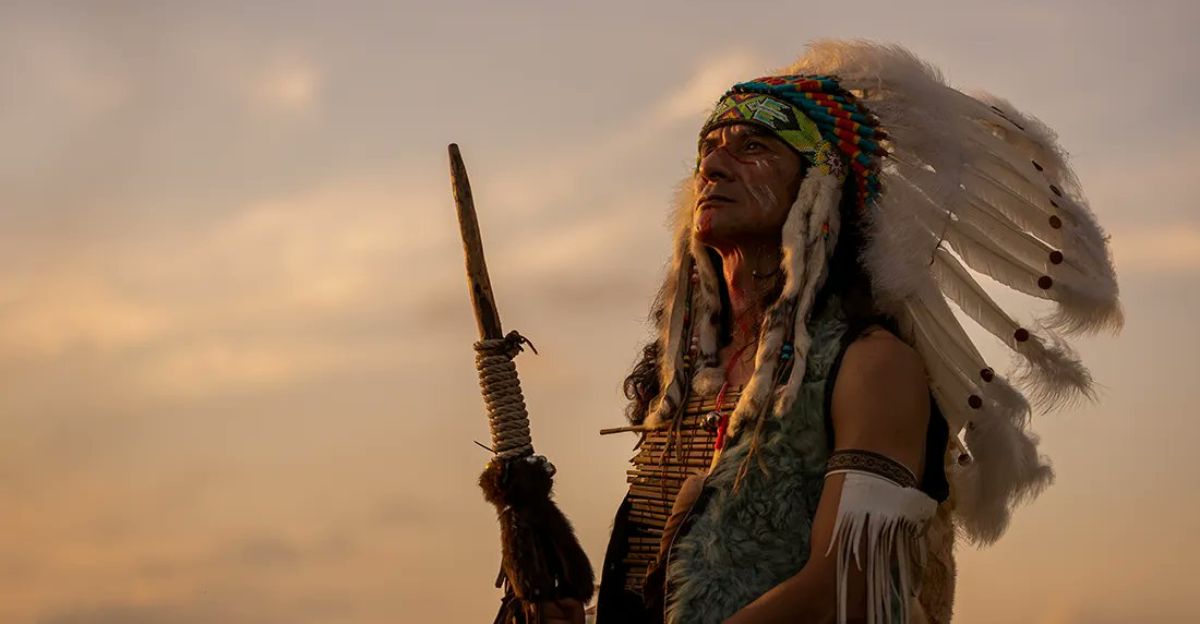
The similarities between Japanese and American tools were likely independent inventions, the study finds. Humans in different regions faced similar challenges and created similar solutions without direct contact.
This realization questions decades of interpretation based solely on artifacts. Cultural parallels can mislead, highlighting the importance of combining genetics, skeletal biology, and archaeology.
The Genetic Clock Reveals Ancient Timelines

DNA analysis shows Jomon and Native Americans diverged much earlier than 15,000 years ago. Scott told LiveScience that the common ancestor of Jomon and Native Americans could date back over 30,000 years.
Meanwhile, East Asians and Native Americans share a more recent ancestor under 30,000 years ago. This genetic timing provides strong evidence that Siberia is the likely origin.
Siberia Emerges as the Real Ancestral Home

Evidence points to Siberia as the most likely source of Native American populations. Scott concludes in PaleoAmerica that Siberia fits the biological and genetic patterns better than Japan.
Research published in Science shows a 24,000-year-old Siberian genome closely matches modern Native Americans. This evidence reshapes how we understand migration to the Americas.
The Coastal Highway Route Still Works

Humans likely traveled along the Northwest Pacific coast to reach the Bering Land Bridge. This coastal migration route remains plausible despite the shift from Japan to Siberia, according to Scott and colleagues.
Traveling along coastlines provided food and resources, helping populations move south into the Americas.
Multiple Migrations Shaped Populations

Evidence shows more than one wave of migration into the Americas. Ancient DNA studies in Science reveal that Native American ancestors formed through the admixture of Ancient North Eurasian and East Asian groups.
This complexity shows that populations were not isolated. Multiple migrations created a rich tapestry of ancestry. Similarly, Japan experienced at least three distinct migrations. These findings demonstrate that human movement was complex, shaping the diverse populations seen today.
Why This Matters for Indigenous Heritage

These findings do not diminish Native American history. Instead, they highlight a more complex story of adaptation, migration, and survival. Scott emphasizes the importance of understanding ancestry accurately.
Recognizing Siberian origins helps refine historical narratives and respects Indigenous identity. Science can uncover the deeper layers of human history while honoring cultural significance. The story of early Americans is richer and more fascinating than previously understood, showing a long history of movement and connection across continents.
A Heated Debate in Academia

The study has sparked discussion among archaeologists and geneticists. Some accept Siberian origins, while others question overturning decades of accepted theory, reflecting tension between traditional archaeology and modern genetics.
These debates are common in science. Challenging old assumptions is part of understanding human history. The discussion underscores how new methods like DNA analysis can transform long-standing beliefs about migration and ancestry, opening doors for more discoveries in the future.
DNA Technology Changes Everything
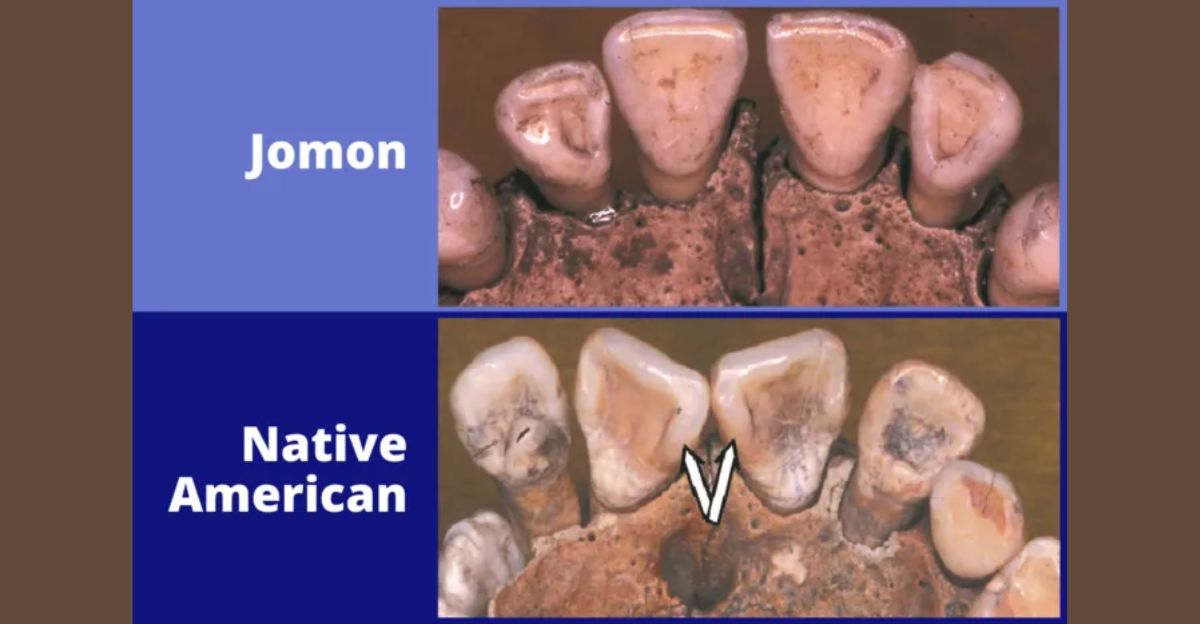
Modern DNA sequencing is reshaping ancient history. According to Harvard geneticist David Reich via HHMI, the assumption that current populations descended directly from local ancestors is often incorrect.
DNA allows scientists to track migrations and population mixing with unprecedented precision. These tools provide evidence beyond artifacts and traditional archaeology, helping resolve long-standing debates.
Why Origins Still Matter Today

Understanding where Native Americans came from affects science, history, and cultural identity. Accurate ancestry research helps correct misconceptions and highlights human adaptability during the Ice Age.
These discoveries also respect Indigenous heritage while informing migration studies. The story of Siberian origins illustrates broader patterns of human movement, showing how populations responded to environmental challenges and shaped the Americas long before recorded history.
Siberia’s Role Becomes Clear
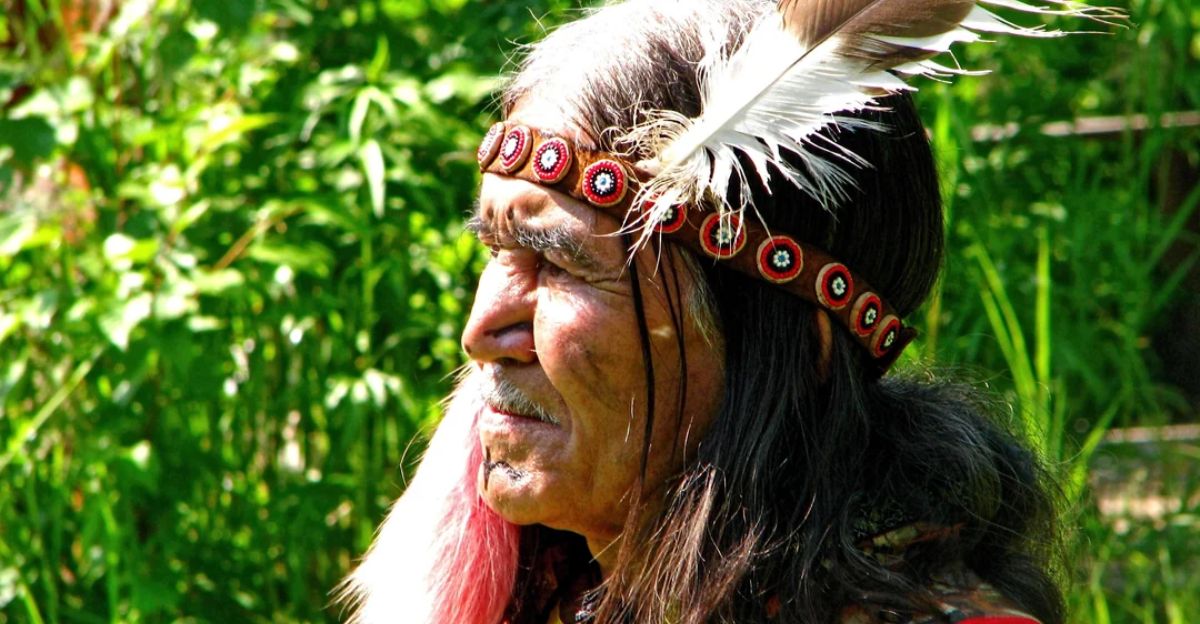
The evidence overwhelmingly points to Siberia as the ancestral home of Native Americans. Scott concludes in PaleoAmerica that Jomon populations are among the least likely sources.
This finding shifts decades of thinking and provides a clearer understanding of how the Americas were first populated. Siberia’s role as the origin highlights the importance of combining genetics, dental and skeletal biology, and archaeology in uncovering humanity’s earliest migrations.
A New Story of Early America

Science continues to reshape our understanding of human history. This study shows Native Americans likely originated from Siberia, traveled along the Pacific coast, and formed diverse populations through multiple migrations.
Cutting-edge methods illuminate a complex past, giving a more accurate view of early Americans. The findings emphasize adaptability, survival, and the richness of Indigenous ancestry. The story of human migration is far from finished, and future discoveries will continue to expand our knowledge of how people first came to the Americas.